This weekend as I was trying to decide what to add to my free resource library, I was watching all the coverage on the 50th Anniversary of the Apollo 11 landing on the moon. So, I knew I wanted to do something to honor those brave men, and give students in a special education setting the ability to connect with this historical event.
So, I sat down and did some research and wrote a short story about this special moment in history that I thought students with significant challenges could understand and appreciate. You can see a video preview below and download the book for free.
This brings me to the topic for this particular blog post. I want to share how I go about writing the books that go with my units, and is the same method I used for writing this book on the Apollo 11 landing. That way, you too, can write your own stories to supplement your lessons and content this year.
1. Do research
This is always my first step. Even when I feel I know the content fairly well, I like to do some research. I spend a few hours, or even an entire day, searching and reading about the topic. I like to add the qualifier “for kids” when I am doing google searches. For example, if I am researching about evolution (my current project), I would use the search terms, “evolution facts for kids.” That way, I tend to get back results that highlight the most important things to know in simple terms.
Once I have combed through all those results, I like to do some reading without the “for kids” qualifier. I find it helps me get a deeper understanding of the material. I may not use much of this content in the finished product, but it is important for me to truly comprehend the content.
The very last thing I like to do is watch some YouTube videos if I can find them. When I was in the classroom, I did this to help me find some appropriate ones to show the students. Now that I am no longer in the classroom, I still search and watch them because I find it is just one more way for me to assimilate all the information. If I can watch a video and feel like, “oh, yeah I totally get this,” then I know I have researched the topic enough.
2. Take notes
So, as I am researching, I am taking TONS of notes. I am a paper and pen person. I have my favorite pen and yellow legal pad that gets me inspired and ready to tackle even the toughest subject.
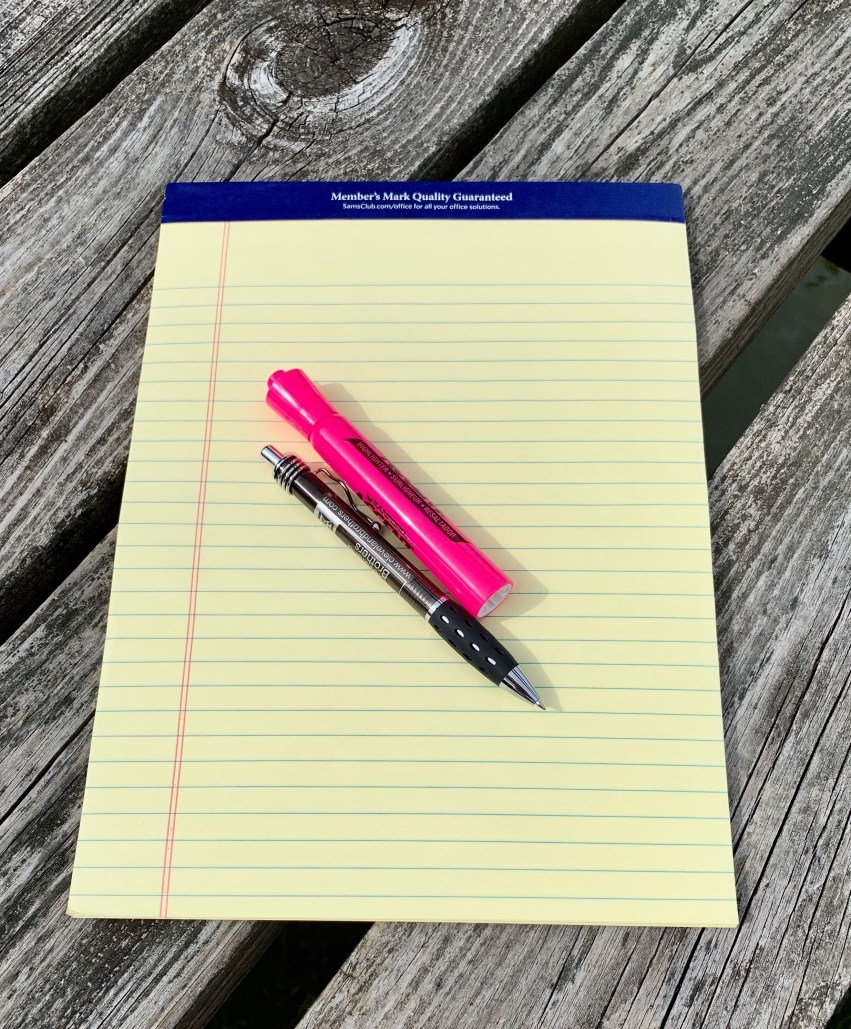
When I say I take a lot of notes, I mean A LOT. I paraphrase and rewrite things in my own words that I know will work with my students. I am taking notes on the main points and supporting details. Honestly, much of what I write, I don’t always use. But I like to have a lot of material to choose from and reference while writing.
You may also notice that I highlight certain words. I like to create vocabulary lists to go with the books I write. So as I am taking notes, I am highlighting any words I think are 1) important to the content and 2) may be unfamiliar to the students.

3. Write the story
I know this may be intimidating for many people, but this is my favorite part of the entire unit. The beauty of doing so much research, is that the information gets totally saturated in my brain. So, when I sit down to write the story, it just flows out naturally. I do refer back to my notes a lot, but the sequence and flow of information is easy for me to put into words.
It is critical to think about the students who will be reading your story. I keep the sentence structure super simple. If at all possible, I stay away from big words. I tend to use words like “great” rather than “distinguished.” I also try to only have 2-3 sentences at most on each page. Focus on the BIG picture.
5. Add photos
The last part is finding some engaging photos to go with the story. I like to use pixabay.com because they have tons of free photos. Unfortunately, there is not a lot of diversity there, so I do find I sometimes have to purchase a photo from another source. But, if at all possible, I try to find something that will work on pixabay.
I hope by sharing my process it will inspire you to write your own story to go with your curriculum content. Most textbooks are just not going to work for our students, but they still need access to the material. This is a GREAT way to help your students make deeper connections to the information.
Here is the book I wrote to celebrate the Apollo 11 landing 50 years ago. You can download the actual book below.
Click below to download the book.
If you would like more information on the moon, check out these units I have below:
The Earth, Sun, and Moon Unit (CLICK HERE)
The Moon Unit (CLICK HERE)
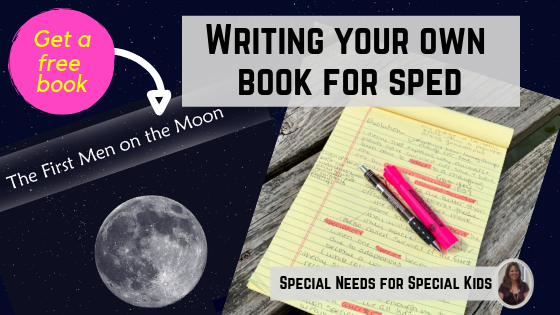
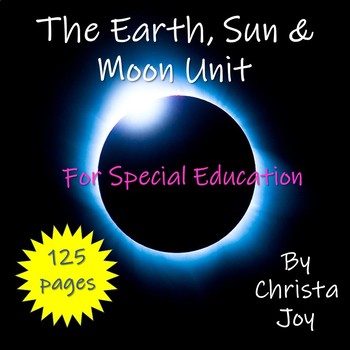
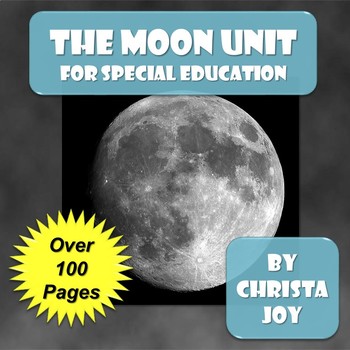
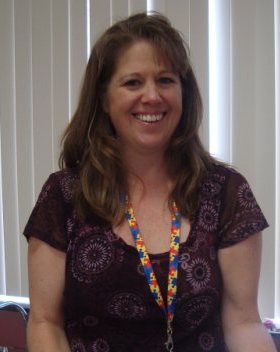
2 Comments
Comments are closed.